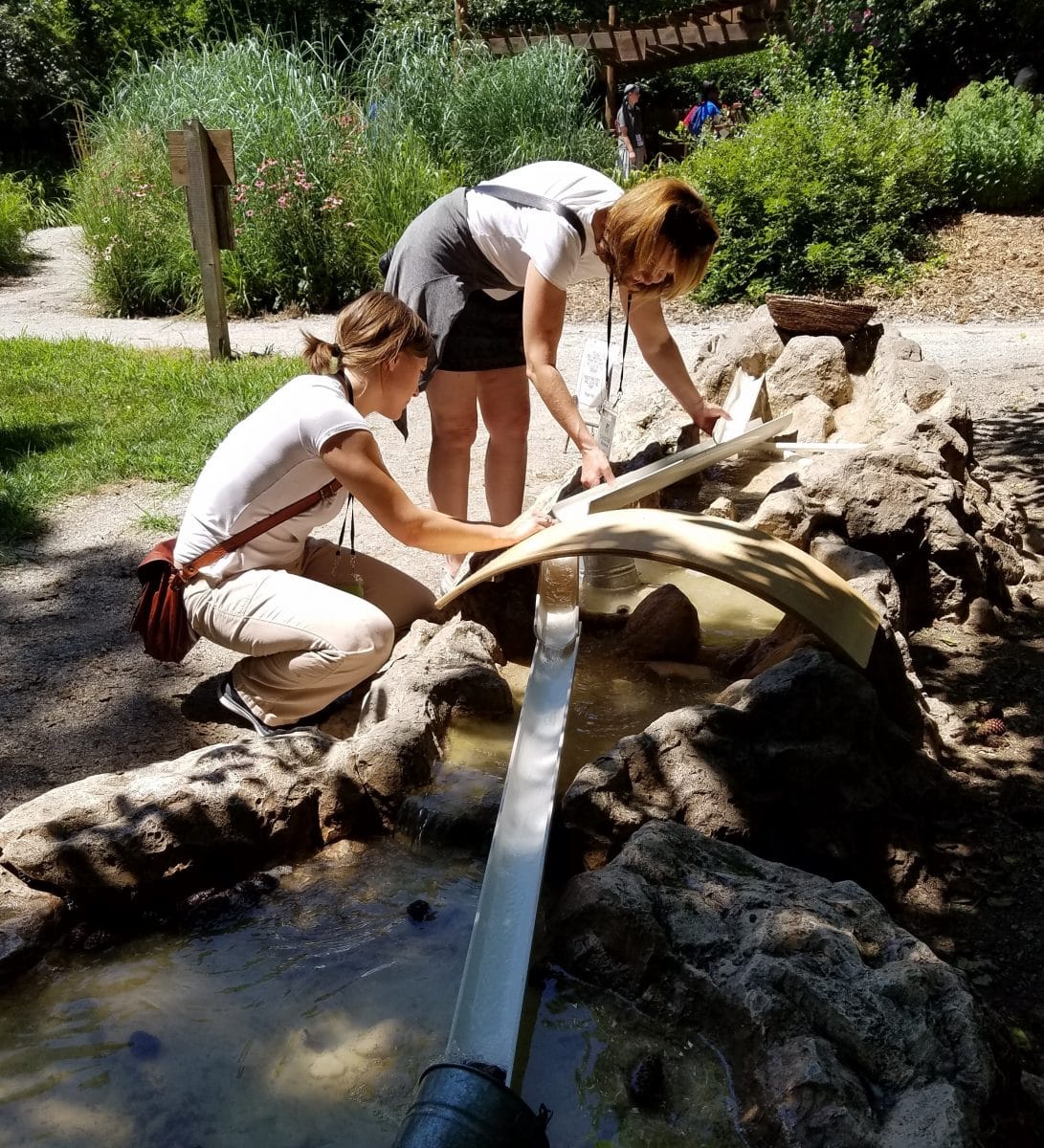No Teacher Left Indoors (part 1)

Back in the 1990’s, the faculty of a Colorado preschool began studying the municipal preschools of Reggio Emilia, Italy. The Italian schools had become famous for their creative educational practices that flowed from a core philosophy. The child is a current (not just future) citizen of her community; she is an active and capable learner; she expresses her intelligence, observations and theories through her “hundred languages” (singing, vocalizations, talking, artwork, dance, body movements, play-acting, etc., etc.); and she is capable of and has the right to participation in designing her own learning experiences. The “Reggio Emilia approach” to early childhood education is based on conceptions of children and learning that differ from mainstream pedagogical practice here in the US. The “image of the child” held by the Reggio educators was very different from the traditional image of the child as needing education and socialization programming determined by adults. The administration of the Colorado preschool knew that the changeover of the school’s program was a true paradigm shift. And it needed buy-in from its teachers to make that shift successful.
A significant number of teachers embraced the unknowns involved in remaking their school. Others didn’t want to make the shift. One summed up her reasons with eloquent simplicity. Teaching children is what she loved to do. She was very good at it. This new way of working with children didn’t make use of her skills. She was a teacher, and wanted to continue practicing her teacher skills as she knew them to be.
But what does this story have to do with Nature Explore Classrooms? A lot. Just as the preschools in Reggio Emilia look very different than the overwhelming majority of American preschools, so the Nature Explore Classroom looks very different than the traditional playground. For generations our culture has defined outdoor experiences at our schools largely as physical exercise and games performed on and around manufactured playground equipment. We have been taught to see learning indoors, and physical play outdoors.
Of course some of us have always understood the whole child learning that happens in nature rich environments. Yet many of us had to experience something of a paradigm shift to see this. Some have difficulty making this shift in perception. Some who have this difficulty are teachers.
We are fortunate to experience children in our Nature Explore Classrooms. We see the wondrous flowering of the child’s intellect, physical development and social skills in our outdoor classrooms. And we see that we can be co-learners with the children, in relationships not as easily formed in other environments.
Many of us who have undergone this paradigm shift wish all education professionals could have this realization. In the second post of this series, we’ll look at some institutional reasons why today’s education professionals are often trained against seeing what we see. For the good of our children, and of ourselves (and of our colleagues) as loving, creative and effective educators, we need to ensure that no teacher is left indoors.

